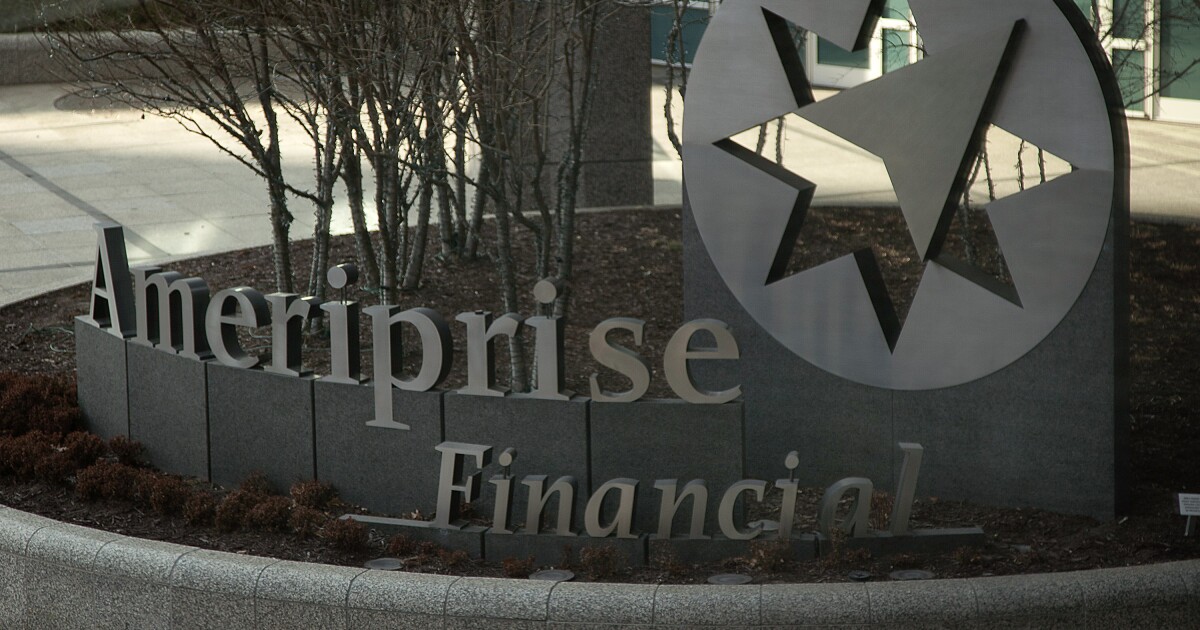Upon leaving your employment on account of resignation, retrenchment or dismissal, one of many choices you’ve got in your retirement funds is to switch them to a preservation fund for capital progress in a tax-efficient method. As a repository for the proceeds of company-sponsored retirement funds, preservation funds have some distinctive options which traders ought to concentrate on. On this article, we unpack the benefits and downsides of preservation funds to make sure you can make knowledgeable choices when leaving your employment.
Benefits
A few of the most notable benefits of a preservation fund embrace the next:
Tax-neutral switch: Should you elect to switch your funds to a preservation fund, notice that the transaction will likely be tax impartial as you might be successfully transferring your capital from one retirement fund to a different.
One full or partial withdrawal earlier than retirement: Probably the most important benefits of a preservation fund is that you’re permitted to make one full or partial withdrawal from the fund earlier than age 55. If there’s a probability that you could be want entry to your capital earlier than age 55, then a preservation fund could present a workable resolution. That mentioned, understand that you may be taxed in your withdrawal with solely the primary R25 000 being tax-free on a person’s withdrawal tax tables.
Tax-efficiency: Being an accepted retirement fund, preservation funds are extremely tax-efficient in that no native dividend tax or tax on curiosity is payable, and switches between unit trusts inside your fund is not going to set off a capital positive factors occasion.
Transferring to a different service supplier: Being a versatile funding, you’ll be able to switch your preservation fund from one supplier to a different for no matter purpose, with this course of being ruled by Part 14 of the Pension Funds Act.
Tailormade portfolio: In case your preservation is invested on a LISP platform, you’ll be able to tailor-make an funding technique that’s suited to your wants, with the one limitations to your portfolio development being these imposed by Regulation 28 of the Pension Funds Act.
Shielded from collectors: The funds held in a preservation fund are shielded from collectors when it comes to Part 37B of the Pension Funds Act, though this part doesn’t present outright safety. Sure monies might be deducted out of your retirement funds, resembling cash owed to SARS and quantities due and payable below the Divorce Act and Upkeep Act.
Falls exterior of property: Funds held in a preservation fund, as within the case of cash held in all accepted retirement funds, fall exterior of your deceased property and, as such, are usually not property dutiable – nor do these funds appeal to executor’s charges.
Guaranteeing an annuity revenue: When retiring out of your preservation fund, you might be obliged to make use of a minimum of two-thirds of the funding to buy an annuity revenue to offer for you throughout your retirement years.
One-third withdrawal choice at retirement: The choice to make as much as a one-third withdrawal from the fund at retirement is helpful in creating further liquidity in retirement, particularly if in case you have debt that you just wish to settle or giant capital bills resembling a automobile buy or abroad trip. Not like making a withdrawal pre-retirement, this one-third money commutation at retirement is topic the retirement tax tables with the primary R500 000 being tax free.
Aggressive charges: When choosing a preservation fund, you will need to be sure that the funding charges are market-related. Preservation funds housed on LISP platforms present clear payment buildings and, in case you’re not pleased with the charges or service, there aren’t any prices for transferring your funding.
Invested for progress: As you don’t pay tax on the expansion in your preservation fund and (aside from the once-off allowable withdrawal) you’ll be able to’t entry your funds earlier than age 55, your cash will stay invested for progress and may also help fund a cushty retirement.
No compelled retirement: You do not want to retire out of your preservation upon formal retirement from work. You’ll be able to hold your cash invested in your preservation fund for so long as is appropriate in your circumstances.
Disadvantages
There are just a few disadvantages in relation to preserving your retirement fund advantages, which embrace the next:
The constraints of Regulation 28: As preservation funds fall throughout the ambit of the Pension Funds Act, your funding diversification will likely be considerably restricted by Regulation 28 which is designed to guard retirement fund traders towards poorly diversified funding portfolios. When it comes to these laws, your offshore publicity is restricted to 45% of the portfolio worth and an fairness asset class restrict of 75%, which some traders could discover restrictive. That mentioned, in case you select to switch your retirement advantages right into a retirement annuity construction, depart it in your present employer’s default funding technique, or switch it to your new employer’s retirement fund, you’ll nonetheless be restricted by Regulation 28.
No further contributions: Usually talking, chances are you’ll not make further contributions to your preservation fund besides if the cash originates from one other retirement fund. Which means, if you wish to hold contributing in direction of a retirement fund, chances are you’ll have to arrange a retirement annuity which might let you make ongoing contributions.
Tax on withdrawal: Whereas the flexibility to make one full or partial withdrawal earlier than age 55 could seem advantageous, understand that you may be taxed on the withdrawal with the primary R25 000 being tax-free. Earlier than making a withdrawal, ask your service supplier to arrange a tax simulation for you so that you just absolutely perceive the tax implications of creating a withdrawal.
Distribution of advantages by way of Part 37C of the Pension Funds Act (PFA): Though you’ll be able to hold your funds invested in a preservation fund for so long as you want, there are property planning implications for doing so which must be stored in thoughts. Should you die whereas your funds are housed in a preservation fund, the distribution of your loss of life advantages will happen when it comes to Part 37 of the PFA. When it comes to this laws, the fund trustees are liable for figuring out your monetary dependants and for allocating the funds proportionately. Which means the beneficiary nomination in your preservation fund will likely be utilized by the trustees as a tenet when making their dedication.
Bear in mind, when leaving your employer on account of resignation, retrenchment or dismissal, there are a number of crucial monetary choices that it’s essential be made and it’s all the time finest to debate these with an skilled, impartial advisor.
Have a implausible day.
Sue























